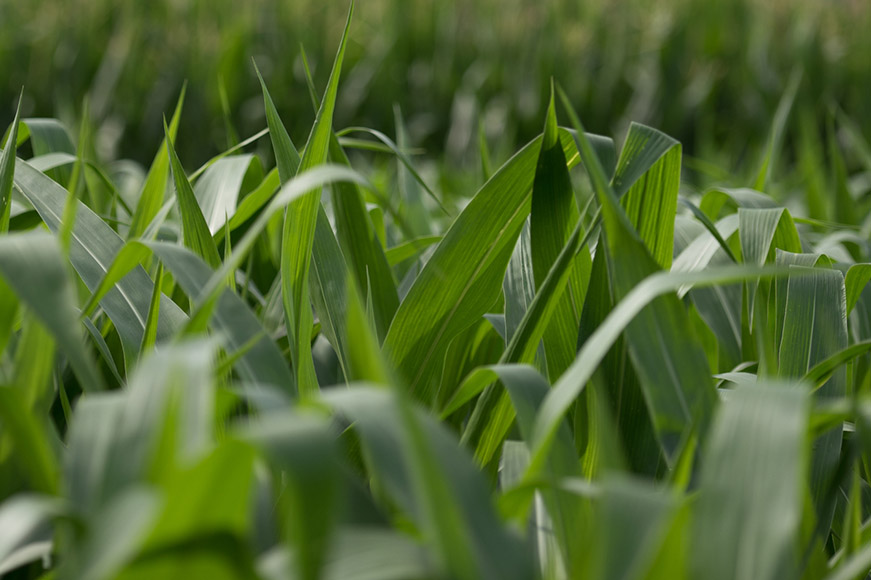Consider Fungicide Response When Selecting Seed

In 2017, WinField United tested 199 corn hybrids at 41 Answer Plot® locations and compared corn hybrids sprayed with a fungicide at V5 and VT against those receiving no fungicide treatment. The yield difference between the treated and untreated plants ranged from a 4-bushel-per-acre decrease to a 37-bushel-per-acre increase, with an average response of 11.2 additional bushels per acre for the fungicide-treated plants.
After measuring the yield difference between hybrids, WinField United assigns each hybrid a high, medium or low response score based on its yield difference between the treated and non-treated compared to all hybrids tested. Choosing the hybrids with optimal RTF scores for your unique fields is key. Here are some things to consider.
Monitor fields all year long
I recommend making your seed decisions a process, rather than something you only think about during the first part of September. Keep a close eye on your fields all year long to better understand what your hybrids are doing — and not doing — throughout the season and what steps you can take to help them achieve better yield potential. Season-long management allows you to adjust cropping plans according to what the year is giving us.
Consider field history
Evaluating your field history can help you anticipate future issues and select the right hybrid. If you have a field in a corn-on-corn rotation, and/or that field has had disease in the past, there is a high probability that it could occur again. This field would be a prime candidate for a high-RTF hybrid to potentially control disease there.
Optimize yield potential and standability
Our Answer Plot trials have shown that high-RTF hybrids give farmers a better chance to optimize yield potential by keeping the plant alive longer, and offer potential agronomic benefits such as improved standability late in the season. Alternatively, in situations where you are selecting a hybrid for lower-yielding ground that is difficult for equipment to access, it might make more sense to choose one with a lower RTF score.
Use RTF scores as
Remember that RTF scores are only one factor in your seed-selection decisions. Other considerations are response to continuous corn, response to population and response to nitrogen. So, asking the right questions when making seed selections is the key to better placement, return on investment and predictability year over year.
Using all the tools in the toolbox, all season long, is the key to help you put the odds in your favor for predictable yields year over year. Talk with your trusted advisor about the best mix of hybrids for your operation.

